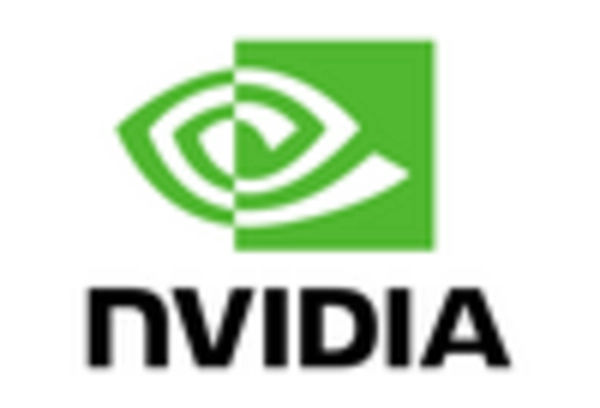Growing Interest from Enterprises
There is a growing interest from enterprises in adopting augmented virtual-reality hardware for various applications, including training, marketing, and product design. Businesses in the GCC are increasingly recognizing the value of immersive technologies in enhancing employee training programs and improving customer engagement strategies. The augmented virtual-reality-hardware market is likely to benefit from this trend, as companies seek to leverage these tools to gain a competitive edge. The potential for cost savings and improved efficiency through the use of augmented reality in operational processes further underscores the attractiveness of this technology for enterprises.
Government Initiatives and Support
Government initiatives in the GCC region are playing a crucial role in fostering the growth of the augmented virtual-reality-hardware market. Various governments are recognizing the potential of augmented reality and virtual reality technologies in diversifying their economies and enhancing sectors such as tourism, education, and healthcare. For instance, investments in smart city projects and digital transformation initiatives are expected to boost the adoption of augmented virtual-reality hardware. The allocation of funds and resources towards research and development in this field indicates a strong commitment to advancing technology. This supportive environment is likely to attract both local and international players, further stimulating the augmented virtual-reality-hardware market.
Integration with Emerging Technologies
The integration of augmented virtual-reality hardware with emerging technologies such as artificial intelligence (AI) and the Internet of Things (IoT) is significantly influencing the market landscape. This convergence allows for enhanced functionalities and user experiences, making applications more versatile and appealing. In the GCC, the augmented virtual-reality-hardware market is expected to benefit from this trend, as businesses seek to leverage these technologies for improved operational efficiency and customer engagement. The potential for creating smart environments through interconnected devices and augmented reality applications is likely to drive further investment and innovation in the market.
Rising Demand for Immersive Experiences
The augmented virtual-reality-hardware market is experiencing a notable surge in demand for immersive experiences across various sectors. This trend is particularly evident in entertainment and gaming, where consumers are increasingly seeking more engaging and interactive content. In the GCC region, the market for augmented virtual-reality hardware is projected to grow at a CAGR of approximately 25% from 2025 to 2030. This growth is driven by advancements in technology that enhance user experience, making it more appealing for consumers. As a result, companies are investing heavily in developing innovative hardware solutions to meet this rising demand, thereby propelling the augmented virtual-reality-hardware market forward.
Increased Investment in Research and Development
Investment in research and development (R&D) within the augmented virtual-reality-hardware market is on the rise, particularly in the GCC region. Companies are allocating substantial resources to innovate and enhance their product offerings, aiming to stay competitive in a rapidly evolving market. This focus on R&D is expected to lead to breakthroughs in hardware capabilities, such as improved graphics, reduced latency, and more ergonomic designs. As a result, the augmented virtual-reality-hardware market is likely to witness a wave of new products that cater to diverse consumer needs, thereby expanding its reach and applications.

















Leave a Comment